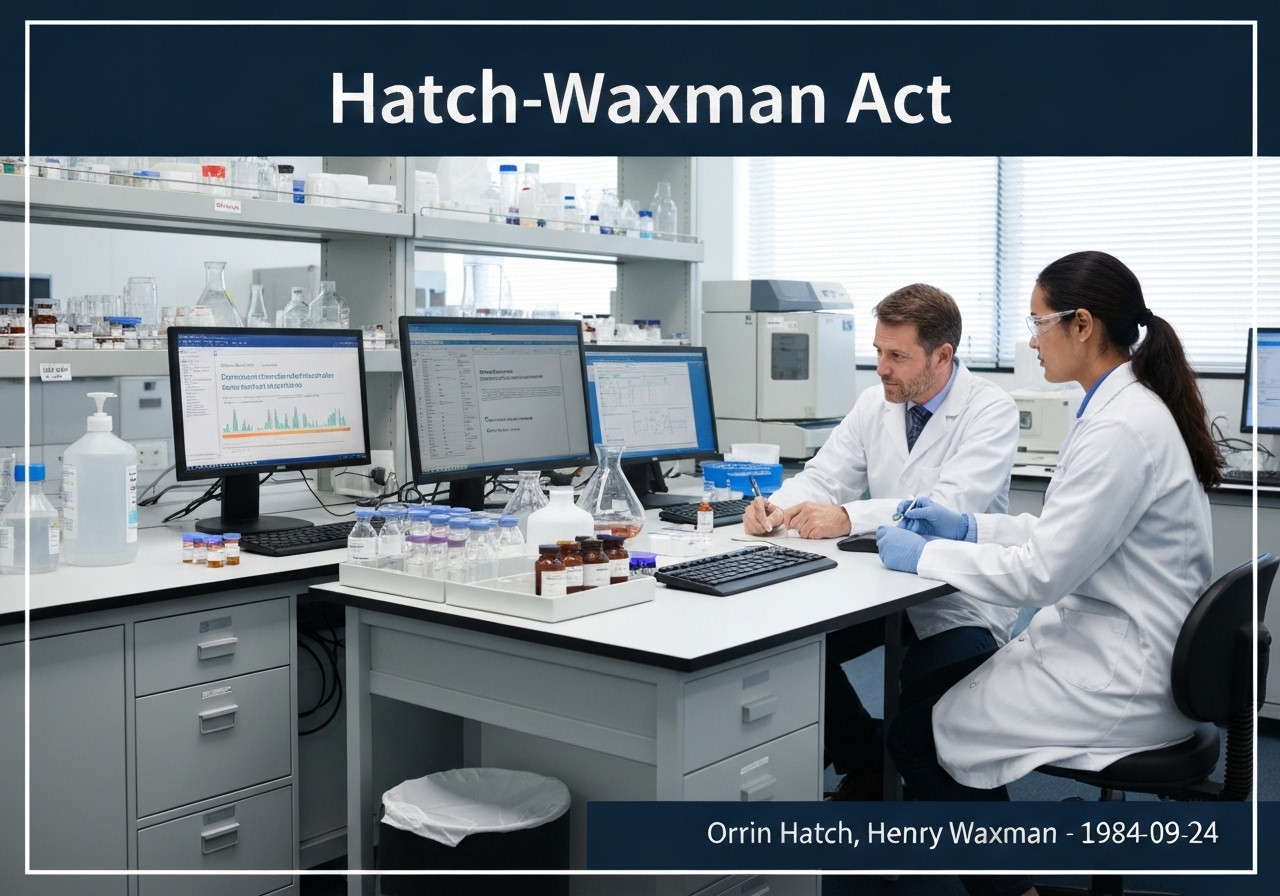The Hatch-Waxman Act of 1984 is a landmark U.S. law that established the modern 框架 for generic drug approval. It created the Abbreviated New Drug Application (ANDA) process, allowing generic manufacturers to get approval by demonstrating bioequivalence to the original branded drug, without repeating costly clinical trials. It also granted 专利 term extensions to innovator companies to compensate for time lost during regulatory review.
The Hatch-Waxman Act sought to strike a delicate balance between two competing interests: encouraging innovation by pharmaceutical companies and increasing access to affordable medicines for consumers. Before the Act, the path to market for generic drugs was arduous, often requiring duplicative and expensive clinical trials. This created a significant barrier to entry, allowing branded drugs to maintain monopoly pricing long after their patents had expired. The Act streamlined this process by creating the ANDA pathway. A generic manufacturer only needs to prove its product has the same active ingredient, dosage form, strength, and route of administration as the reference listed drug (RLD), and that it is bioequivalent—meaning it is absorbed and becomes available at the site of drug action at a similar rate and extent. This significantly reduces the cost and time to bring a generic to market. To incentivize continued innovation, the Act provided two key benefits to innovator companies. First, it allowed for the restoration of a portion of the patent term that was lost while the drug was undergoing FDA review. Second, it granted a period of market exclusivity (typically five years for a new chemical entity) independent of patent status. The Act also established a unique system for resolving patent disputes, including a 180-day exclusivity period for the first generic company to challenge a branded drug’s patent, which has spurred a complex landscape of patent litigation.

















